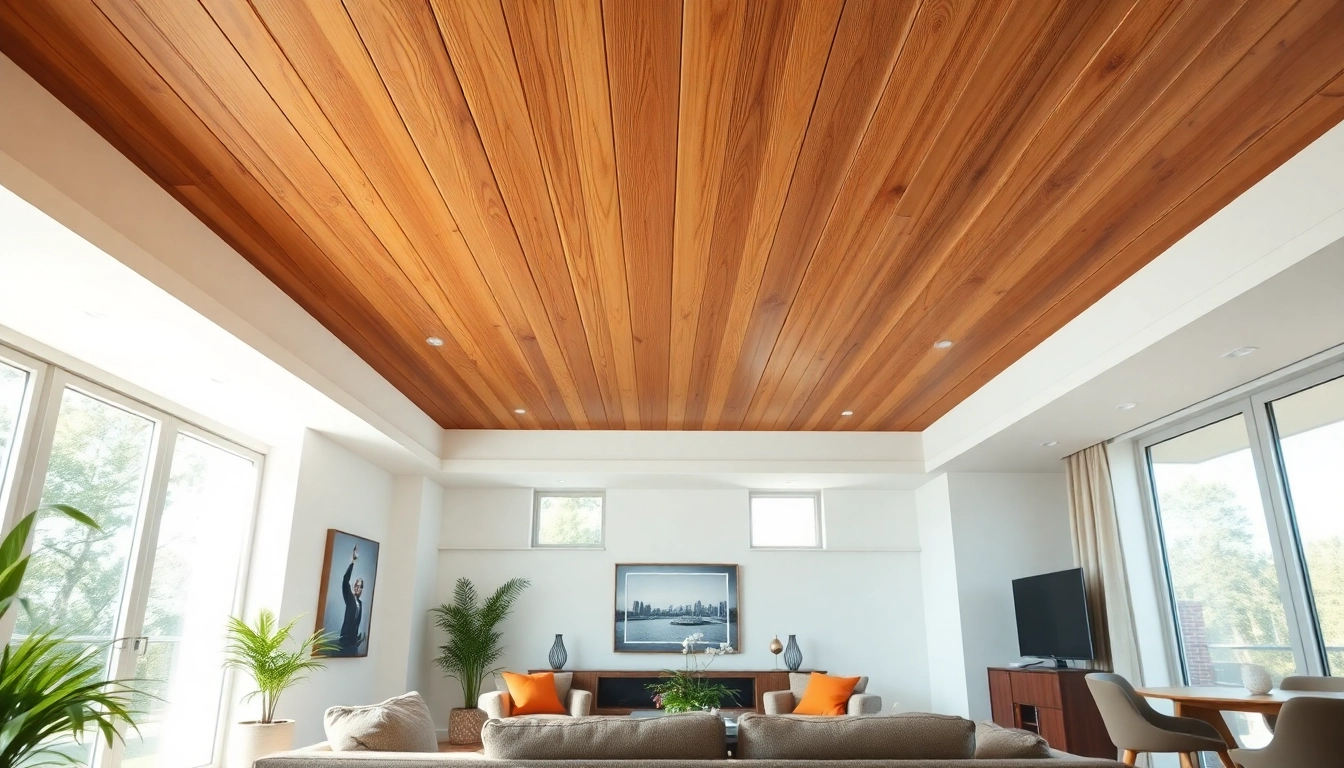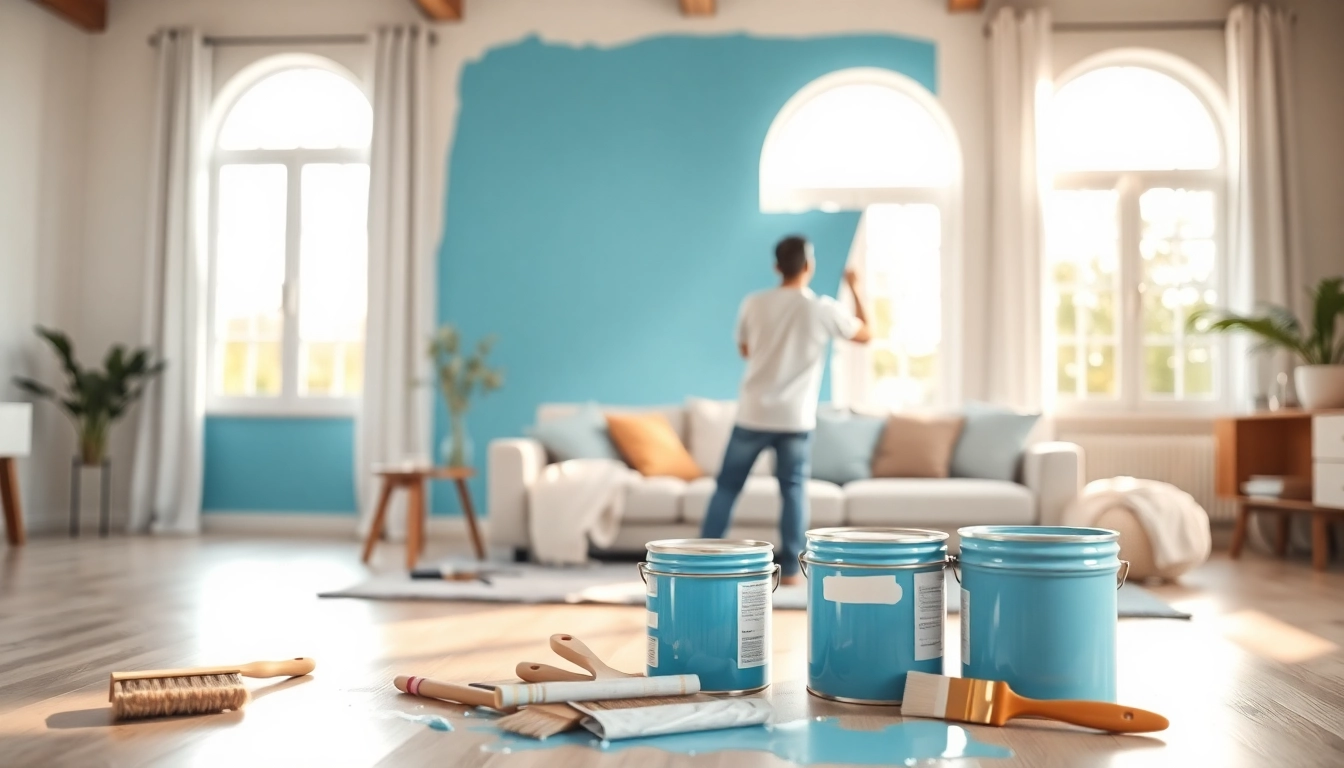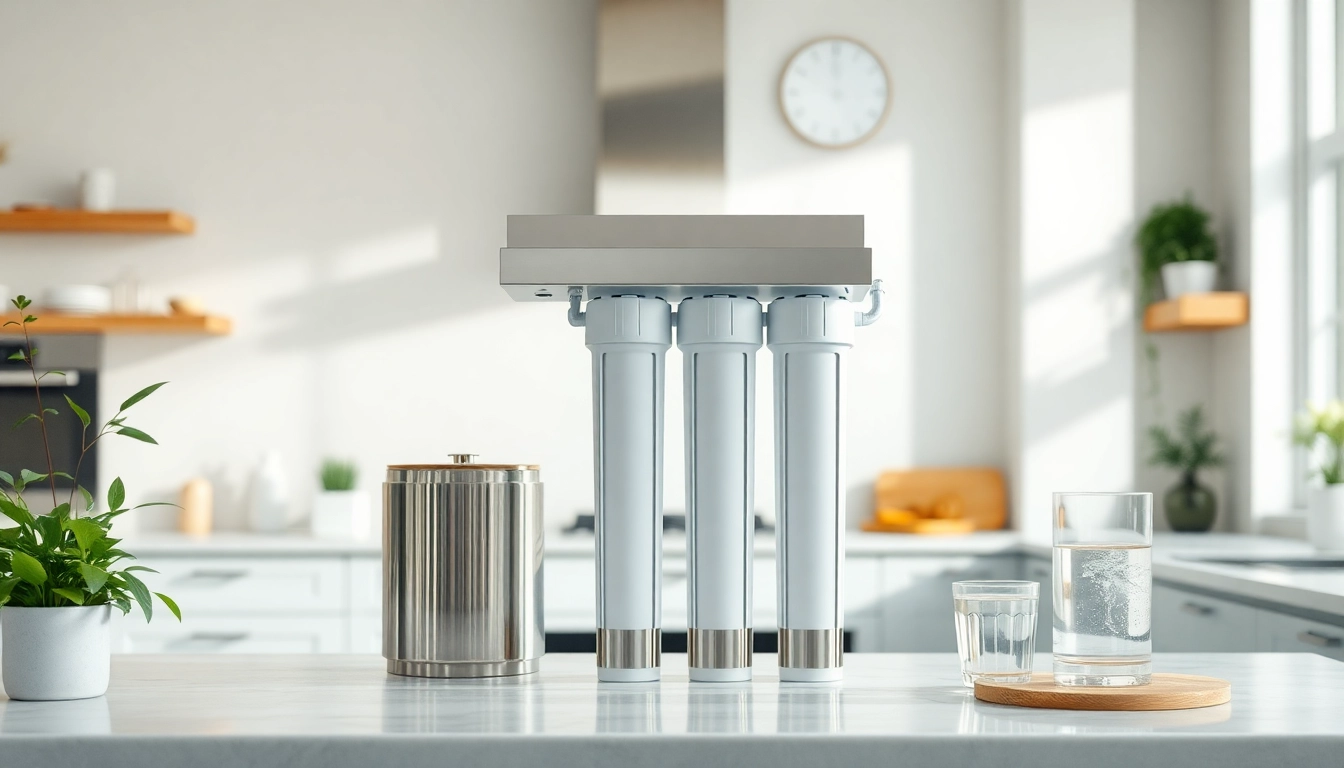Understanding Landscape Design Services
What is a Landscape Design Service?
Landscape design services involve the planning and creation of functional and aesthetically pleasing outdoor spaces. Such services encompass a variety of tasks including site analysis, conceptual design, planting plans, and construction documentation. Professionals in this field integrate elements such as plant selection, hardscape layout, and irrigation systems to transform a bare patch of earth into a beautiful landscape. By engaging with a landscape design service, property owners can achieve designs that not only enhance the visual appeal of their spaces but also align with their personal vision and environmental considerations.
Benefits of Professional Landscape Design
Investing in professional landscape design offers numerous benefits. Firstly, experts can create tailored designs that reflect the homeowner’s style while optimizing the site’s characteristics such as sunlight and soil conditions. Secondly, a well-designed landscape contributes to improved property value, often yielding a return on investment when it comes time to sell. Furthermore, professional designers bring knowledge of sustainable practices, which can lead to environmentally friendly landscapes that require less maintenance and resources.
Efficient landscape design can also facilitate better functionality in outdoor spaces, creating zones for relaxation, entertainment, or gardening. By understanding the client’s needs and preferences, landscape designers can propose thoughtful layouts that enhance the usage of outdoor areas.
Common Landscape Inspiration Styles
Landscape design draws inspiration from various styles, each offering unique characteristics and atmospheres. Some common styles include:
- Formal Gardens: Featuring symmetrical layouts, geometric shapes, and precise plant placements, formal gardens emphasize order and structure.
- Modern Landscapes: These designs focus on simplicity, clean lines, and minimalistic features, often incorporating contemporary materials.
- Naturalistic Designs: Inspired by the beauty of nature, this style strives for a relaxed and informal feel while promoting biodiversity.
- Japanese Gardens: Emphasizing peace and tranquillity, Japanese gardens often incorporate water features, stone elements, and strategically placed plants.
- Cottage Gardens: These gardens are characterized by dense plantings featuring a mix of flowers, herbs, and vegetables, creating a charming, whimsical atmosphere.
Key Elements of Effective Landscape Design
Choosing the Right Plants for Your Space
Selecting appropriate plants is critical to successful landscape design. Factors such as local climate, soil type, and maintenance requirements should guide the choice of plants. Native plants are often recommended due to their adaptability to local conditions, lower maintenance needs, and ecological benefits. Professionals often conduct thorough site analyses to determine the best plant selections that will thrive in the specific environment while complementing existing structures and design elements.
Furthermore, understanding bloom times, growth habits, and seasonal changes can inform plant palettes that offer year-round interest. Incorporating a mix of perennials, annuals, and shrubs can create dynamic and continuously appealing landscapes.
Incorporating Hardscape into Landscape Design
Hardscape refers to the non-plant elements of landscape design, such as patios, walkways, walls, and other structures. The integration of hardscape is essential for creating functional outdoor spaces. Whether it involves installing a stone path, wooden deck, or decorative fence, hardscape elements can delineate spaces, provide accessibility, and offer essential support for plantings.
Moreover, choosing materials that complement the natural surroundings creates harmony in the design. For example, natural stones may be used to blend pathways with their environment, while wooden decks provide a warm, inviting contrast to lush greenery. Correct placement and proportion of hardscape elements can enhance the flow of a landscape and improve overall circulation.
Balancing Function and Aesthetics in Outdoor Design
A successful landscape design strikes a balance between functionality and visual appeal. While aesthetics draw people in, practical considerations ensure that the space is usable. For instance, a residential garden must accommodate outdoor living areas, traffic patterns, and potential uses such as entertaining, playing, or relaxing. Designers must assess how each function interacts with others to create a seamless transition between aesthetic enjoyment and practical use.
By actively engaging clients in discussions around intended uses of the space, designers can propose coherent plans that suit both personal tastes and lifestyle needs, thus leading to satisfaction and practicality. Accessories such as outdoor lighting or furniture can also enhance both the functional and aesthetic dimensions of the landscape.
Steps to Get Started with Your Landscape Development
Consultation: Your Vision and Goals
The first step in creating an engaging landscape is a comprehensive consultation. During this initial meeting, designers will gather information about the client’s vision, lifestyle, and specific goals for their outdoor space. Discussing preferences in colors, styles, and desired features (like water elements or fire pits) allows for a more precise understanding of the client’s needs. Additionally, design professionals often assess the existing landscape conditions and any potential constraints that may impact project execution.
This step is critical as it serves as the foundation for the overall project. A clear vision can help guide all subsequent planning and design activities, ensuring alignment between the client’s expectations and the final product.
Creating a Landscape Design Plan
Once the consultation is complete, the designer will move on to creating a comprehensive landscape design plan. This plan typically includes detailed drawings and specifications that outline the proposed layout, plant selections, and hardscape features. Designers often utilize specialized software to develop visual representations of the project, allowing clients to envision the final outcome more clearly.
Throughout this phase, landscape designers may also address zoning laws and regulations, ensuring compliance with local ordinances. This careful planning is essential, as it sets the stage for successful implementation of the project.
Budgeting for Your Landscape Design Service
Budgeting is a vital aspect of any landscape project. During the planning phase, designers provide clients with detailed estimates that encompass all elements of the project—from plant materials to labor costs. Clear communication regarding budget constraints helps in prioritizing features, allowing clients to make informed decisions about where to allocate their resources.
For larger projects, it might be beneficial to phase the work instead of doing everything at once. This strategy can make project implementation more financially manageable while still paving the way for ongoing landscape enhancement.
Challenges in Landscape Design and How to Overcome Them
Common Landscape Design Mistakes to Avoid
Careful planning can help avoid common pitfalls in landscape design. One major mistake often encountered is overplanting; a crowded landscape can stifle plant growth and create maintenance challenges. To prevent this, it’s crucial to properly assess the growth needs of chosen plants and have adequate spacing in place.
Another common error is neglecting maintenance considerations. A high-maintenance design may be unsuitable for busy homeowners. Designers must consider the long-term care that different elements require, ensuring that clients are comfortable with the upkeep involved.
Dealing with Environmental Constraints
Environmental factors can significantly influence landscape design. Designers need to consider elements such as soil quality, water access, and the local climate. For example, in drought-prone areas, xeriscaping techniques which prioritize water conservation can be more sustainable and advisable. Additionally, understanding local wildlife behavior can allow designers to select plants that will thrive without attracting unwanted pests.
By working with environmental constraints rather than against them, designers can create resilient and flourishing landscapes that are both beautiful and functional.
Ensuring Sustainable Practices in Your Design
In recent years, there has been a heightened awareness surrounding sustainability in landscape design. Professionals are increasingly incorporating sustainable practices, such as using native plants, reducing lawn areas, and implementing rain gardens and permeable pavements. These practices optimize water usage, enhance local ecology, and reduce pollution from runoff.
Landscapes that prioritize ecological health not only contribute to the environment but can also increase the pleasure of outdoor spaces, creating a richer experience for their users.
Measuring the Success of Your Landscape Design
How to Evaluate Your Landscape’s Performance
Evaluating the success of a landscape design involves assessing various factors such as plant health, functionality, and aesthetic appeal over time. Clients can begin by conducting regular observations during different seasons to understand how the landscape changes and matures. Particularly, monitoring the growth of plants and the usability of outdoor spaces provides valuable insights.
Utilizing metrics such as maintenance costs, plant survival rates, and visitor satisfaction can further aid in assessing overall performance. These evaluations enable homeowners to determine if their investment has fulfilled its intended purpose.
Feedback and Continuous Improvement
Continuous improvement relies on client feedback and professional assessments. Engaging with clients consistently throughout the landscape’s life encourages an open dialogue about their satisfaction and any ongoing concerns they may have. This feedback loop will not only foster positive relationships but also guide necessary adjustments to optimize the landscape’s function and beauty over time.
Moreover, landscape designers often provide periodic check-ins and consultations following project completion to offer recommendations for seasonal adjustments and improvements.
Tools and Metrics for Landscape Maintenance
Tools for maintaining landscapes have evolved significantly, thanks to technology. In addition to traditional gardening tools, many homeowners now employ smart irrigation systems that monitor rainfall and automatically adjust watering schedules. Using apps for plant identification and care can help novices feel more confident in their landscaping skills.
Measuring landscape metrics, such as plant growth rates and biodiversity levels, will provide comprehensive insights that allow homeowners to make informed decisions regarding necessary enhancements and maintenance practices.















Leave a Reply